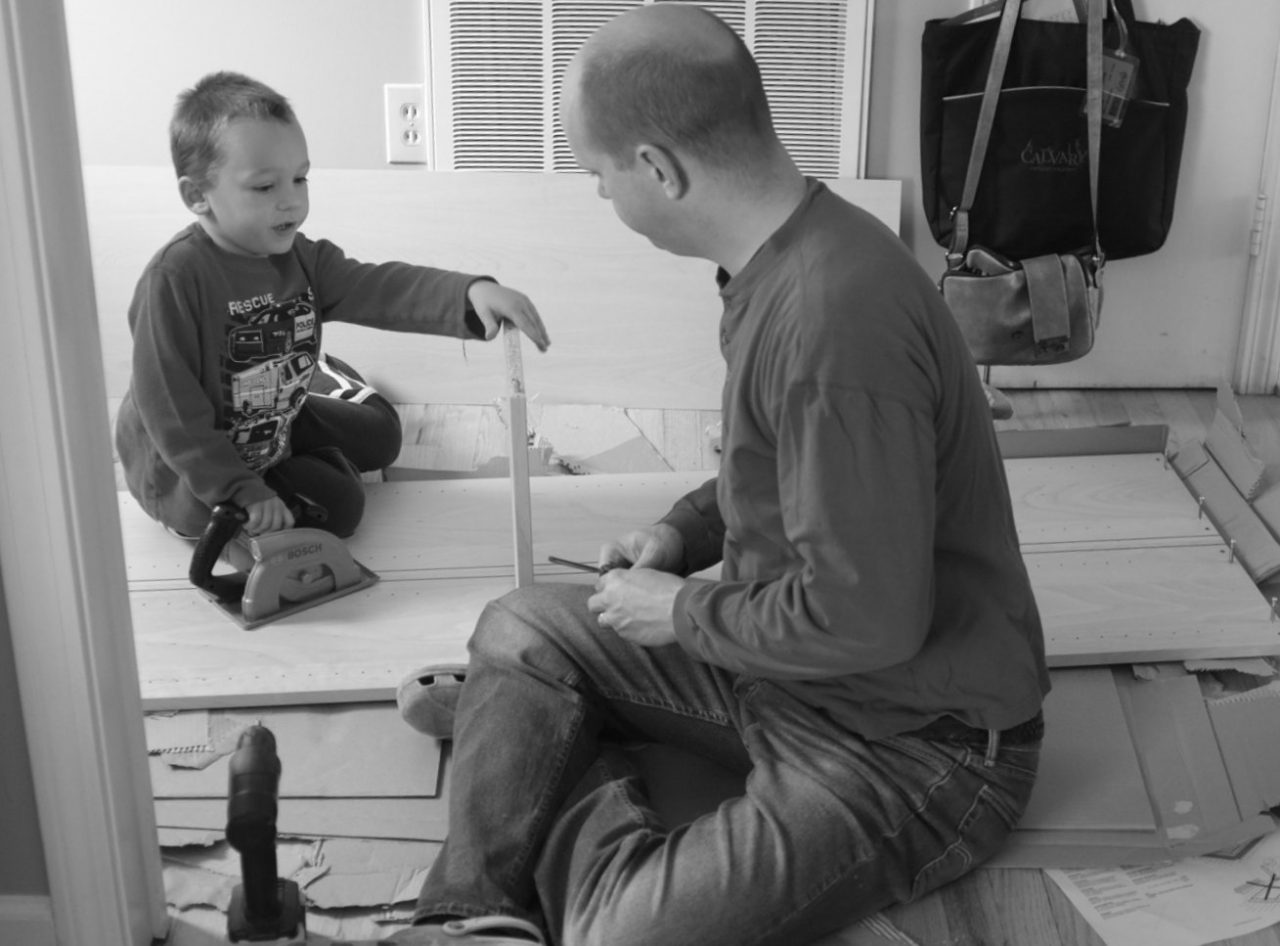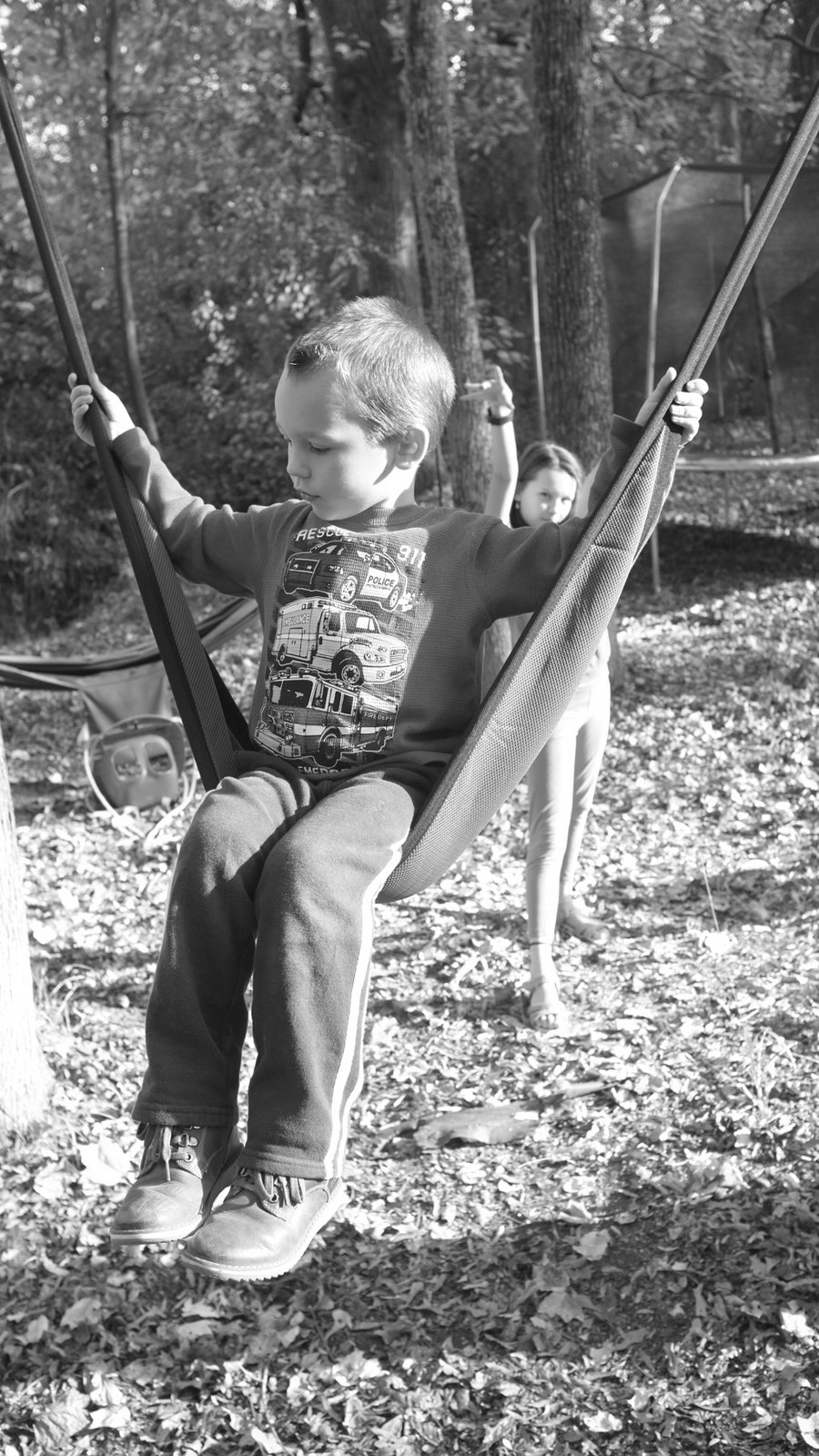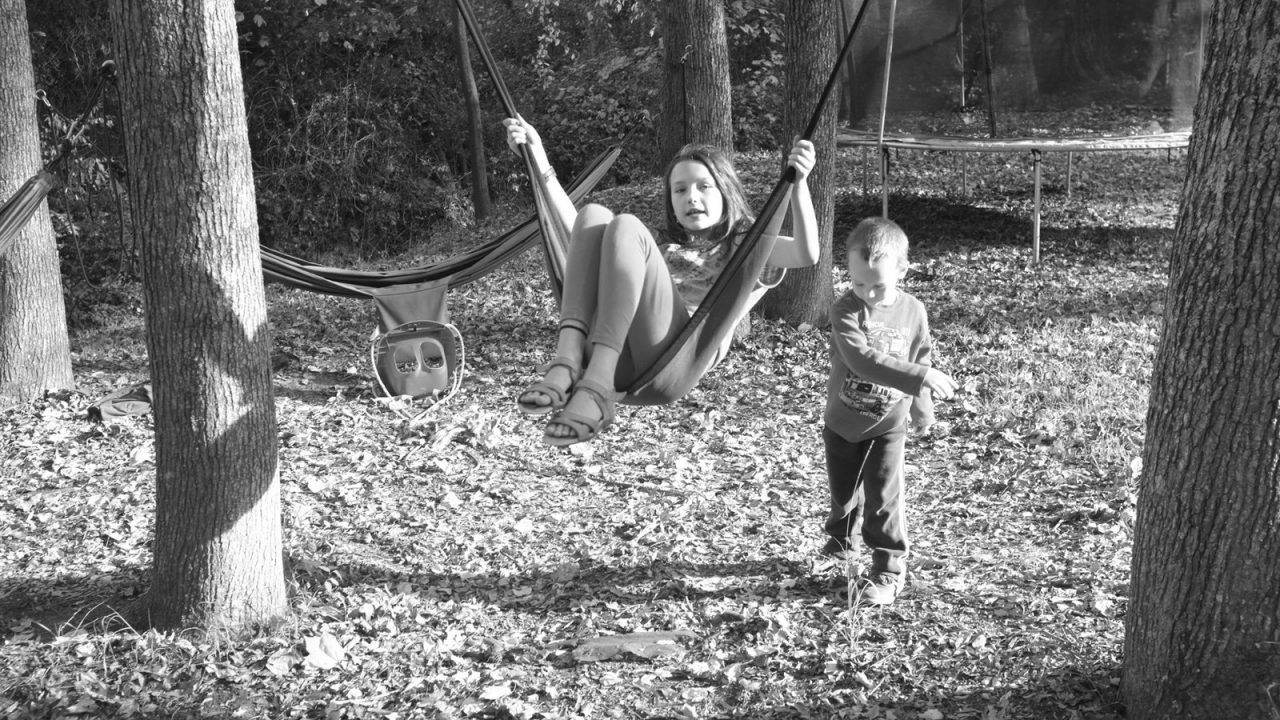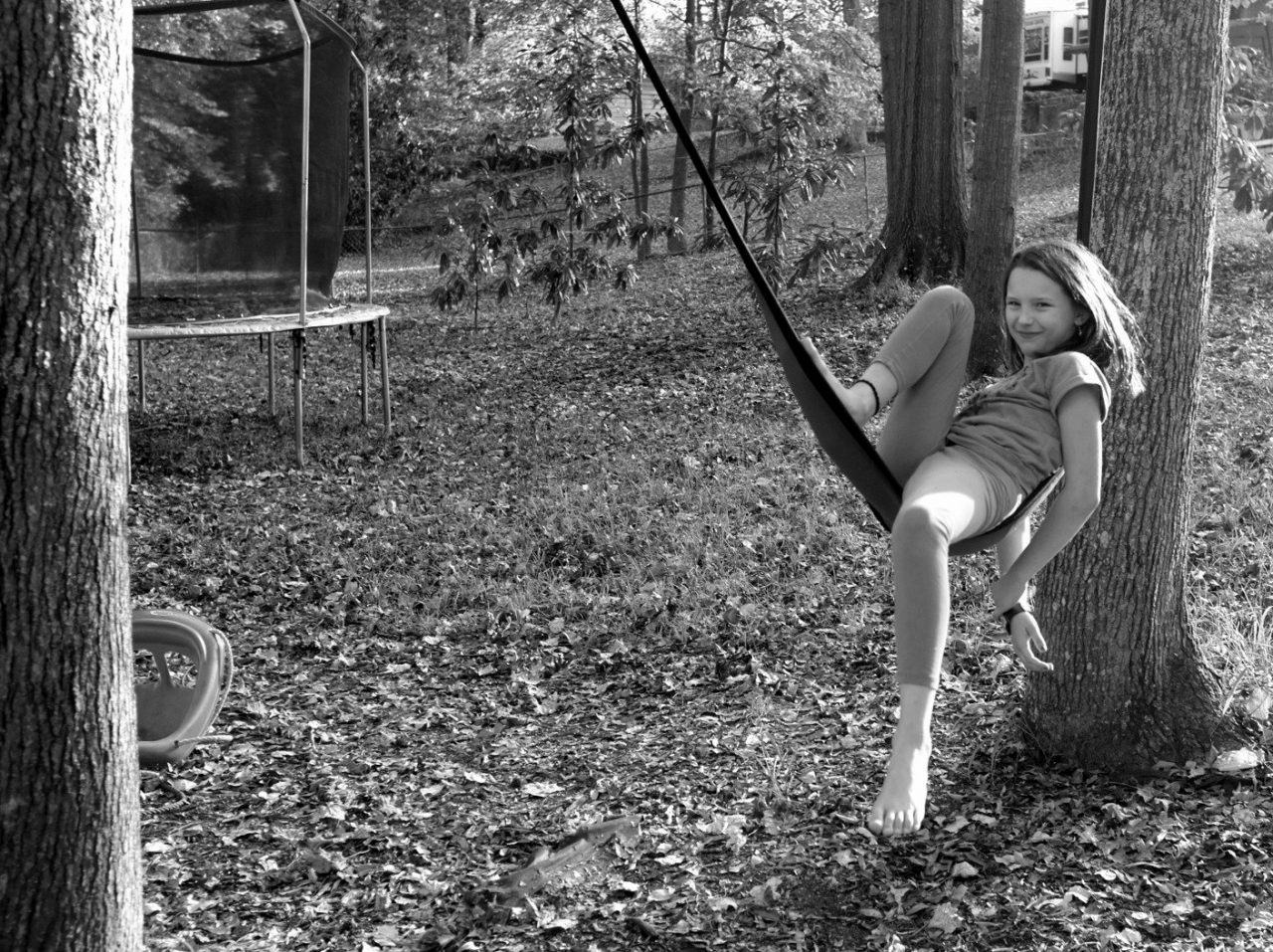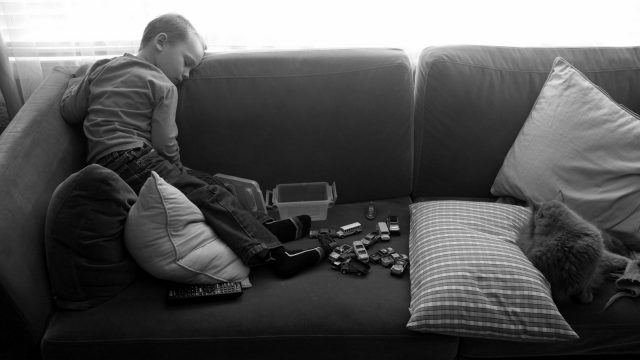The morning: the kids entertain themselves while I do some school work. They play school, help make mac and cheese, and watch a bit of television.






Afternoon, we head out to the backyard to swing and jump on the trampoline.







Evening, games.

The rest of the country, most people thought it was possibly the end of the world if the opponent won.




